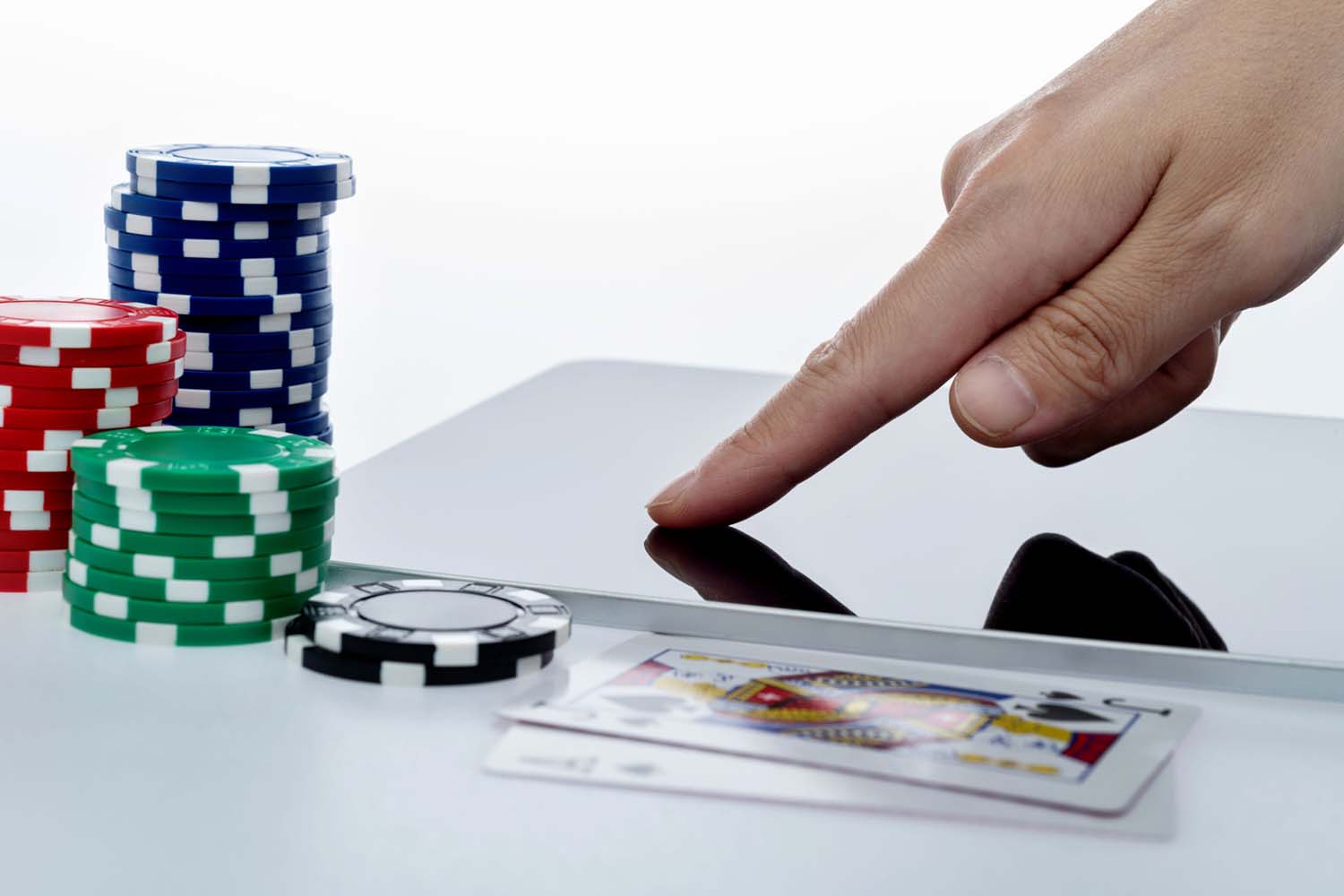For anyone zealous about equestrian activities, grasping the necessary horse gear is crucial to a rewarding and pleasurable experience. Whether you are a new rider embarking on your journey or an seasoned equestrian, having the right gear can significantly impact your skills and your horse’s well-being. From saddles to grooming tools, every piece plays a vital role in ensuring both the rider and the horse are ready for every outing.
Investing in quality horse equipment not only enhances your riding capabilities but also fosters a solid bond between you and your horse. Knowing which items to focus on can be challenging, especially to beginners, but this guide will provide support to you recognize the essentials that every rider should own. Having the right gear at your disposal, you will gain more confidence in the saddle and more ready to tackle every challenge that arises.
Essential Equestrian Equipment
When it comes to equipping oneself for horses, having the appropriate gear is crucial for both protection and comfort. A properly fitted riding headgear is a must-have for all equestrian. It safeguards the rider’s noggin in case of incidents, ensuring that security is a primary priority. Look for a helmet that complies with safety standards and is comfortably snug without being uncomfortable. This essential piece of equipment not only helps minimize injuries but also instills a rider’s self-assurance while on the horse.
Another important item in a rider’s arsenal is a high-quality pair of riding boots. Riding boots are designed to provide the right support and safeguarding for your feet while also ensuring a stable grip in the stirrups. They commonly have a taller heel to avoid the foot from falling out and are made from substances that can withstand the rigors of riding. Picking boots that are easy on the feet and durable will enhance your riding experience and allow you to focus on your skills.
In addition to helmets and boots, proper riding gear plays a major role in a rider’s performance. Breeches are designed to provide movement and comfort as you ride. They often include a form-fitting design and sometimes include full-seat or knee patches for added grip. Choosing breathable, moisture-wicking textiles can help control temperature and keep you comfortable during long rides. All these components combined will contribute to a more enjoyable and more secure riding experience.
Horse Tack and Equipment
Having the right horse tack and equipment is essential for every rider, no matter their experience level. Tack consists of all the gear used to ride and manage a horse, and it is necessary to pick items that suit both the horse and the rider appropriately. Commonly required tack comprises saddles, bridles, and stirrups. A well-fitted saddle ensures both the rider’s comfort and the horse’s freedom of movement, while a well-chosen bridle helps in conveying signals clearly with your horse.
In addition to basic tack, riders should also consider protection equipment such as riding helmets and body protectors. A correctly sized helmet is crucial to protect against head injuries in case of falls, making it a non-negotiable item for riders at any level. Body protectors provide an further layer of safety, especially for those involved in jumping or cross-country riding where falls can occur more often. Investing in high-quality safety gear should always be considered.
Other necessary equipment includes grooming tools, lead ropes, and halters. horse bridle Grooming tools such as brushes and hoof picks are important for maintaining your horse’s health and hygiene, while lead ropes and halters are essential for handling and training your horse when not in the saddle. Having these items accessible not only aids in care routines but also enhances the overall riding experience by ensuring that both horse and rider are well-prepared for their time together.
Safety and Safety Gear
Safety should always be a high priority for riders. A properly fitted riding helmet is critical to protect from head injuries in the case of a tumble. When selecting a headgear, seek out one that meets protection standards and sits securely on your head without being painful. Don’t forget to change your headgear periodically or following a significant impact to maintain ongoing protection.
In supplement to helmets, body protectors provide additional safety by absorbing the torso during equestrian activities. These vests are made to absorb shock and can be especially beneficial for jumping and cross-country equestrian events. Ensure to select a torso protector that permits freedom of movement while still offering the necessary coverage. It is crucial to try different styles to discover one that suits well and feels easy to wear.
Finally, riding footwear are another crucial part of safety equipment. A good pair of riding boots should have a minimal heel to stop your foot from shifting through the stirrups, reducing the chance of becoming caught if you tumble. Look for boots made from long-lasting materials that provide ankle support and ease for extended hours in the seat. Spend money in quality footwear to guarantee your safety and improve your equestrian experience.

